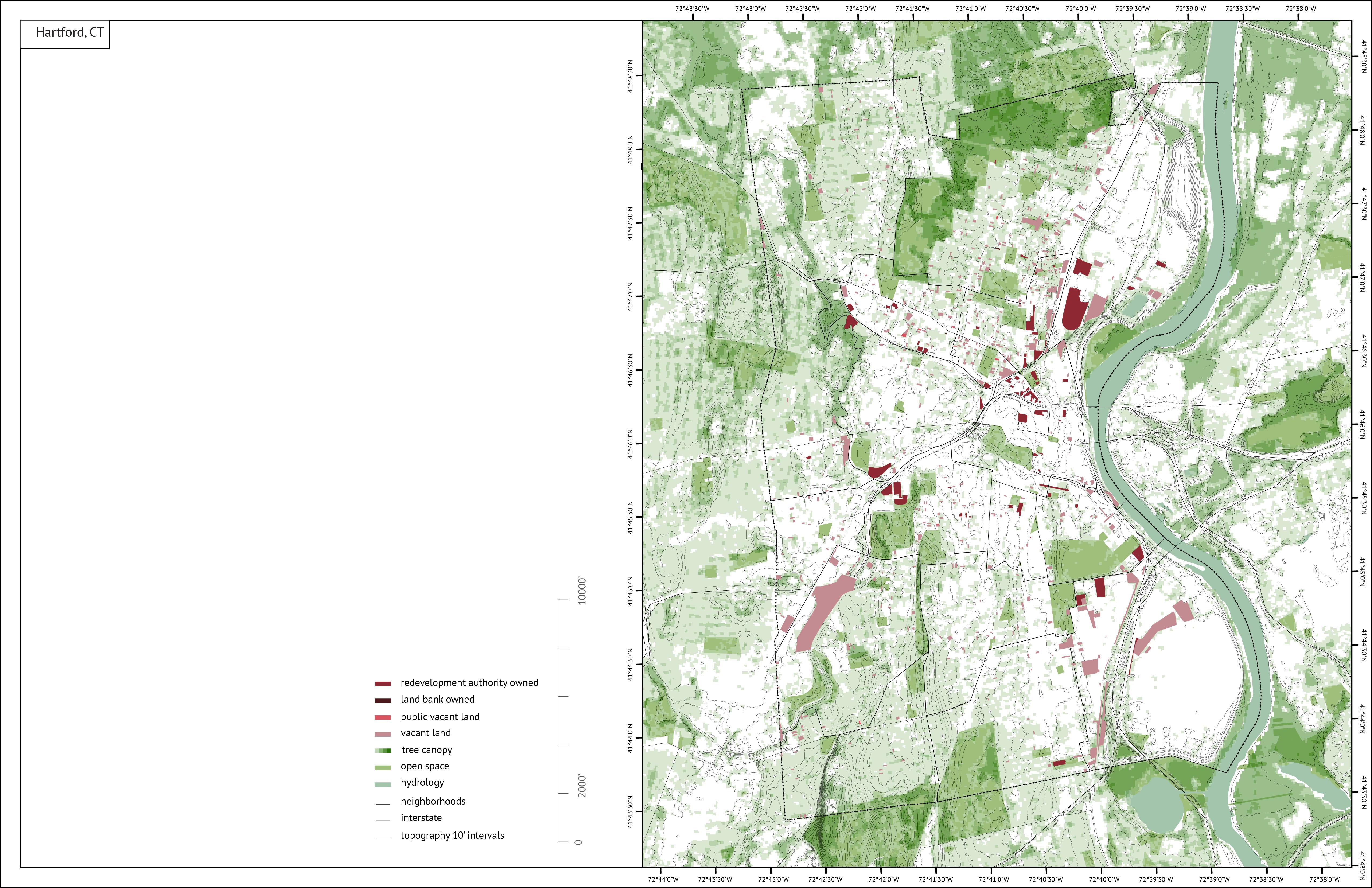SAMPLE OF WORK
 Colleen Sloan
Colleen Sloan

 Colleen Sloan
Colleen Sloan
Harvard Graduate School of Design, MLA Thesis
2022
Author: Colleen Sloan
Advisor: Sergio Lopez-Pineiro
Software Used for Project: ArcGIS, Rhino, Adobe Creative Suite

This thesis interrogates landscape architecture’s participation in the cleaning and concealing of repugnant sites of industry through the creation of a public mountain range in Iowa constructed from the wastes of the industrial hog industry.
The constructed mountains, dubbed the De Soto Range, reveals the repulsions of industry through the collapsing in space of pleasure and disgust. In doing so, the site becomes a battleground of differing political ideologies, motives, and backgrounds connected by a common reality.
At right, the plan of the mountain for the year 2075 shows the layering of material over time. The various colors represent time as well as the variations in the color and texture of the material itself.


On a clear day, the tallest peak can be spotted across a large portion of Iowa and even parts of Minnesota and Nebraska, as depicted in the visibility map below.
The De Sotos are a spectacle of disgust, a working landscape, a public park, and a political and social tool of expression demanding to be seen.

Harvard Graduate School of Design, Core IV

2021
Authors: Colleen Sloan + Morgan Vought
Instructor: Rosalea Monacella
A radical shift in the tech industry’s current chain of extraction and waste is needed to ensure social and environmental justice in South Boston and globally. This project harnesses and amplifies community power, defined as the community’s ability to thrive and to maintain resilience in the face of change, by bringing industry, government and community together to rewire sites of consumption, production, and waste processing.
Software Used for Project: ArcGIS, Rhino, Adobe Creative Suite
The project creates a Community Coalition around material exchange and sharing with five key sites of intervention. Through the Coalition’s key principles of Repair, Reimagine, Transform, Convene and Regrow, current conceptions of public and private space and waste are rewired through metabolic flows creating a new network of material ecology corridors in South Boston.



Harvard Graduate School of Design, Core III
2020
Author: Colleen Sloan
Instructor: Sergio Lopez-Pineiro
New Bedford, Massachusetts has become a center for material exchange where seafood derived from outside the harbor is processed and exported to consumers, while its toxic sediment, laden with PCBs, is dredged and exported for burial in a landfill outside of Detroit, Michigan. This project seeks to reimagine the potential for waste material as a resource for new types of public spaces and material commons.
Software Used for Project: ArcGIS, Rhino, Adobe Creative Suite

The sites of intervention in both Detroit, MI and New Bedford, MA are situated within this material exchange of high value seafood imports into and out of New Bedford and the exporting of highly toxic dredge material to a landfill in Detroit.

The proposed intervention for New Bedford outer harbor, includes an archipelago of spoil islands, reimagining the lifecycle of dredge waste.


In Detroit, Michigan, the landfill that houses a significant portion of contaminated dredge from New Bedford, reintroduces, once ubiquitous to the area, Maple and Beech trees in a phased capping and planting scheme to create a public park.
Lastly, the logistics site of New Bedford inner harbor includes the processing of dredged material that is used as fill for the archipelago and a public park and nursery for the planting of the islands.


The layering of Maple and Birch trees in the final phases of the Detroit landfill not only echo the layering of toxic material within the landfill, but make connections to the layered effect of the archipelagos in New Bedford, hundreds of miles away.

The spoil islands envelop the harbor. The constructed sides of the islands that face New Bedford are planted according to coastal slope zones, and are imagined to shift over time as sea level rise meets each height in the coming years.




2020-22

Author: Colleen Sloan & Jill Desimini
Throughout my time at Harvard GSD I was a Research and Teaching Assistant to Professor Jill Desimini. My work with Jill was focused on using data and GIS mapping to tell stories about vacant land and its relationship to environmental and cultural factors. Analysis for this work included cities across the United States and was an extension of Jill’s previous publication, From Fallow. The excerpt of the work shown here includes various mapping studies of Connecticut as it relates to land use, the environment, and tools such as land banks and trusts.

Software Used: ArcGIS, Adobe Creative Suite




